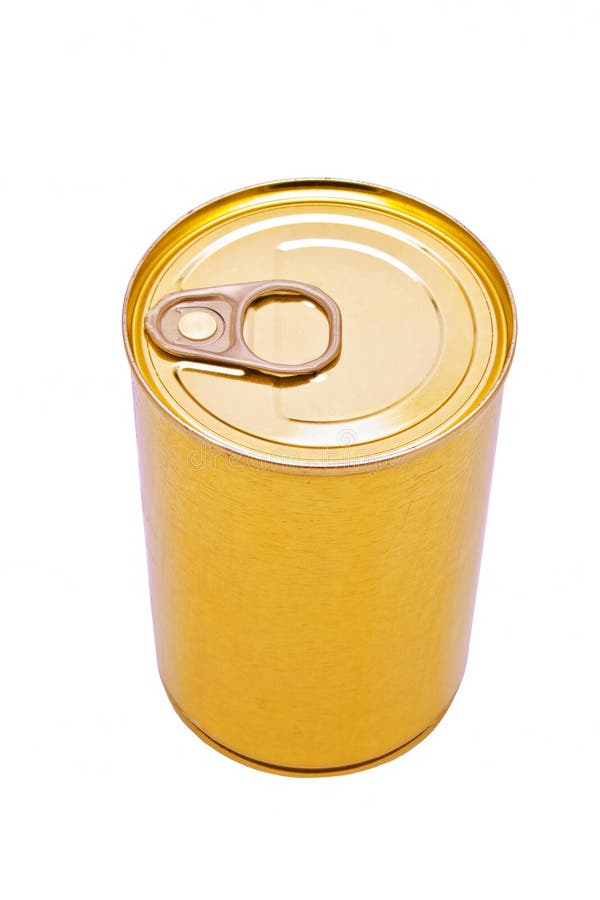Understanding the True State of Religion in Northwestern Europe: Trends, Realities, and How to Explore Further
Introduction: Religion in Northwestern Europe – A Landscape in Transition
Northwestern Europe is often cited as one of the most secularized regions in the world, with a complex interplay between longstanding Christian traditions and rapidly growing numbers of religiously unaffiliated individuals. Yet, beneath headlines about declining church attendance, the truth is nuanced. Understanding which statements about religion in northwestern Europe are genuinely accurate requires a look at the latest data, historical context, and practical realities on the ground.
[1]
Key Facts: What Is True About Religion in Northwestern Europe?
Several statements about religion in northwestern Europe can be supported by current research and authoritative sources. The following are among the most verifiable:
-
Christianity remains the largest religious tradition
, but its dominance is eroding due to widespread secularization and disaffiliation.
[1]
-
The number of people identifying as religiously unaffiliated has grown rapidly
, and in some countries (such as the Netherlands), unaffiliated individuals now make up the majority.
[1]
-
Church attendance rates are among the lowest in the world
, with a significant gap between the number of people who identify as religious and those who actively participate in religious services.
[4]
-
There is a marked difference in religiosity between northwestern and southeastern Europe
, with the former being much more secularized.
[4]
-
Islam and other minority religions are growing, but still represent a small share of the population overall
.
[1]
Historical Context: Roots of Secularization and Religious Diversity
The religious landscape of northwestern Europe has been shaped by centuries of transformation. Protestantism took root in the north and west during the 16th-century Reformation, breaking from Roman Catholic authority.
[5]
Over time, social, intellectual, and political developments-especially during the Enlightenment and into the modern era-fostered a climate in which personal belief became increasingly separated from institutional religion.

Source: thegoodocs.com
Major cities such as London, Amsterdam, and Stockholm have long histories of religious tolerance and pluralism, further contributing to a culture where religious identity is often private and fluid. Today, many individuals in these societies may blend beliefs from different traditions, or identify as ‘spiritual but not religious.’
[4]
Current Trends: Data and Realities on the Ground
Recent surveys and research confirm that:
-
Christianity is still the largest tradition, but its population is steadily declining in both absolute and relative terms. Between 2010 and 2020, the number of Christians in Europe dropped by 9% to 505 million, while the religiously unaffiliated grew by 37% to 190 million.
[1]
-
Countries such as France and the United Kingdom lost their Christian majorities in the last decade, and the Netherlands became majority unaffiliated.
[1]
-
Regular religious service attendance is rare. For example, in Sweden, only about 17% of the population says religion is important in their lives, and weekly church attendance is even lower.
[3]
-
Despite low attendance, many people still identify culturally with a religious tradition or participate in major life events such as weddings, funerals, and holidays.
[4]
Practical Guidance: Engaging with Religion or Secular Communities in Northwestern Europe
If you are interested in connecting with religious communities, exploring secular organizations, or studying the religious landscape in northwestern Europe, there are several actionable steps you can take:
1. Research Local Religious Institutions
Major cities and towns maintain churches, mosques, synagogues, and temples. You can find locations and contact information by searching online with terms like “churches near me,” “mosques in [city],” or “interfaith centers in [region].” Many institutions offer open events or community programs regardless of your background.
2. Explore Secular and Humanist Organizations
Secular humanist associations and ethical societies are active in most northwestern European countries. To locate groups or events, search for “humanist association [country]” or “secular society [city].” These organizations often host public lectures, volunteer opportunities, and social gatherings.
3. Discover Academic and Statistical Resources
The
Pew Research Center
and the
European Values Study
provide comprehensive data on religious and secular trends. For the most recent findings, visit the Pew Research Center’s Religion & Public Life section or the European Values Study’s official portal.
[1]
If you need official statistics for research or personal interest, search for “Pew Europe religion report” or “European Values Study religion” to access up-to-date reports and charts.
4. Attend Interfaith and Community Events
Many cities host interfaith forums, open houses, and dialogues between different religious and non-religious groups. To participate, look for community calendars on municipal websites or inquire at local libraries. These events can provide insight into the diversity of beliefs and practices in your area.

Source: typecalendar.com
5. Understand the Legal and Social Context
Northwestern European countries generally uphold freedom of religion and belief. Religious discrimination is prohibited by law, and most countries have ombudsman offices or equality commissions where you can report concerns or seek advice. To learn about your rights and protections, search for the national equality body or ombudsman in your country (e.g., “Equality and Human Rights Commission UK”).
Challenges and Alternative Approaches
Engaging with religion in northwestern Europe comes with challenges. The prevailing secular context means that overt religious expression is sometimes met with indifference or skepticism. Conversely, those seeking a faith community may find vibrant groups in urban centers but less activity in rural areas.
If you encounter difficulty finding a desired religious or secular group, consider these alternatives:
- Participate in online forums or virtual communities associated with your interest.
- Contact national umbrella organizations, which can refer you to local chapters.
- Engage with cultural centers or diaspora communities, which often maintain religious and cultural traditions.
Case Examples: Religion and Secularism in Action
For illustration, consider Sweden-a country often cited as highly secular. Despite low church attendance, the Church of Sweden remains the largest religious body, and many Swedes still participate in church rituals for major life events.
[3]
In the Netherlands, secularism is so prevalent that a majority of residents identify as unaffiliated, yet religious and philosophical organizations remain active in civic life.
[1]
Summary of True Statements About Religion in Northwestern Europe
To answer the core question, the following statements are true and verifiable:
- Most people in northwestern Europe identify as Christian or religiously unaffiliated.
- Church attendance is very low, even among those who identify as religious.
- The proportion of religiously unaffiliated individuals is rising rapidly.
- Minority religions, especially Islam, are growing but remain smaller in number.
- Religious belief and practice are often private, eclectic, and culturally diverse.
For more detailed data or to connect with religious or secular resources, use the practical guidance above, and consult official research centers or local organizations for the most up-to-date information.
References
- [1] Pew Research Center (2025). Religion in Europe: Current data and trends.
- [2] European Values Study (2025). Research topics: Religion and secularization in Europe.
- [3] Wikipedia (2024). Religion in Europe: Statistical overview and trends.
- [4] Britannica (2025). Religions in Europe: Historical divisions and current patterns.
MORE FROM searchhole.com













